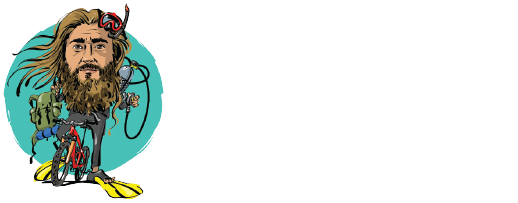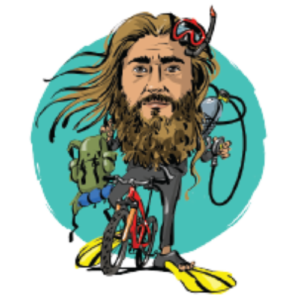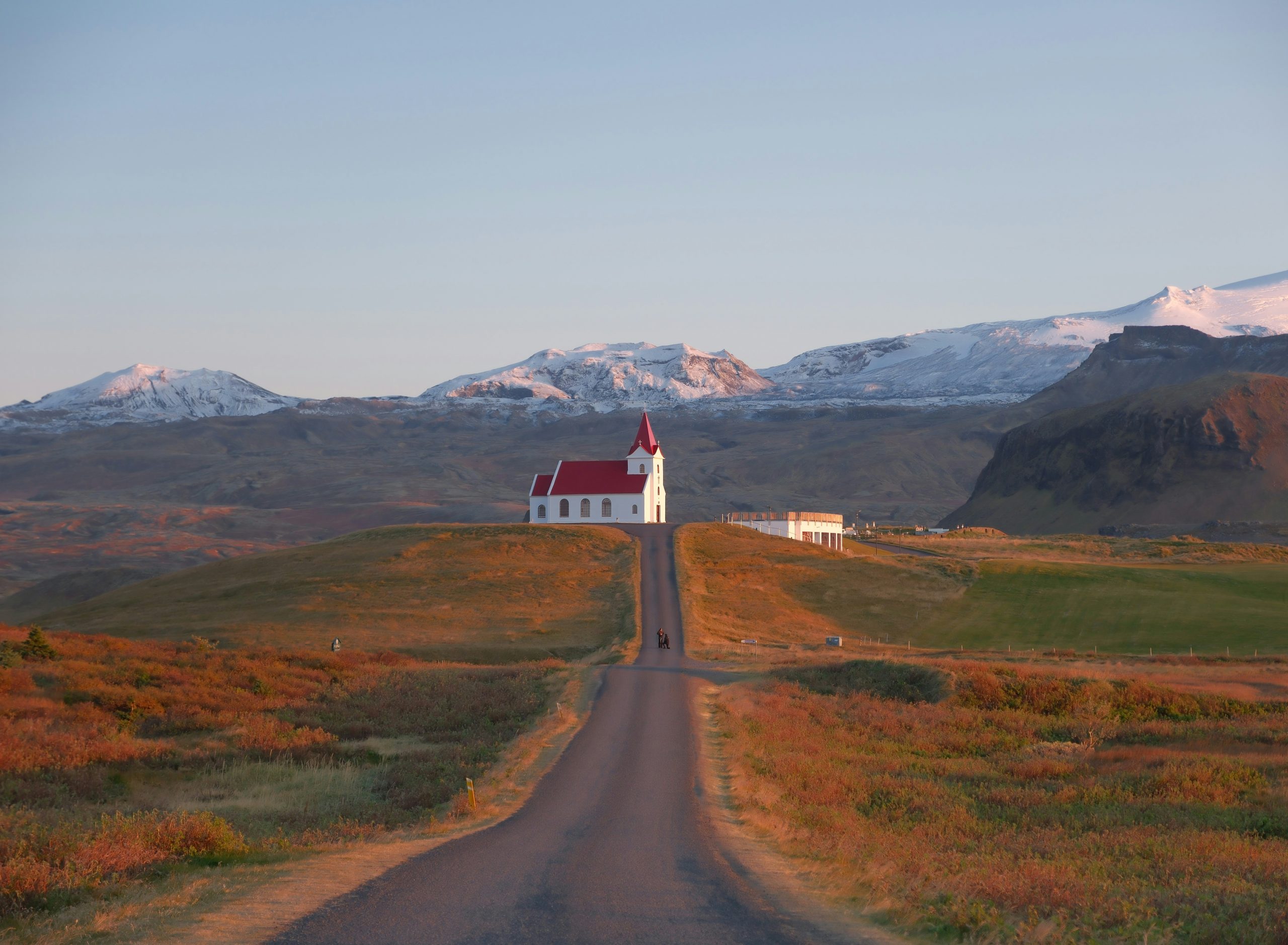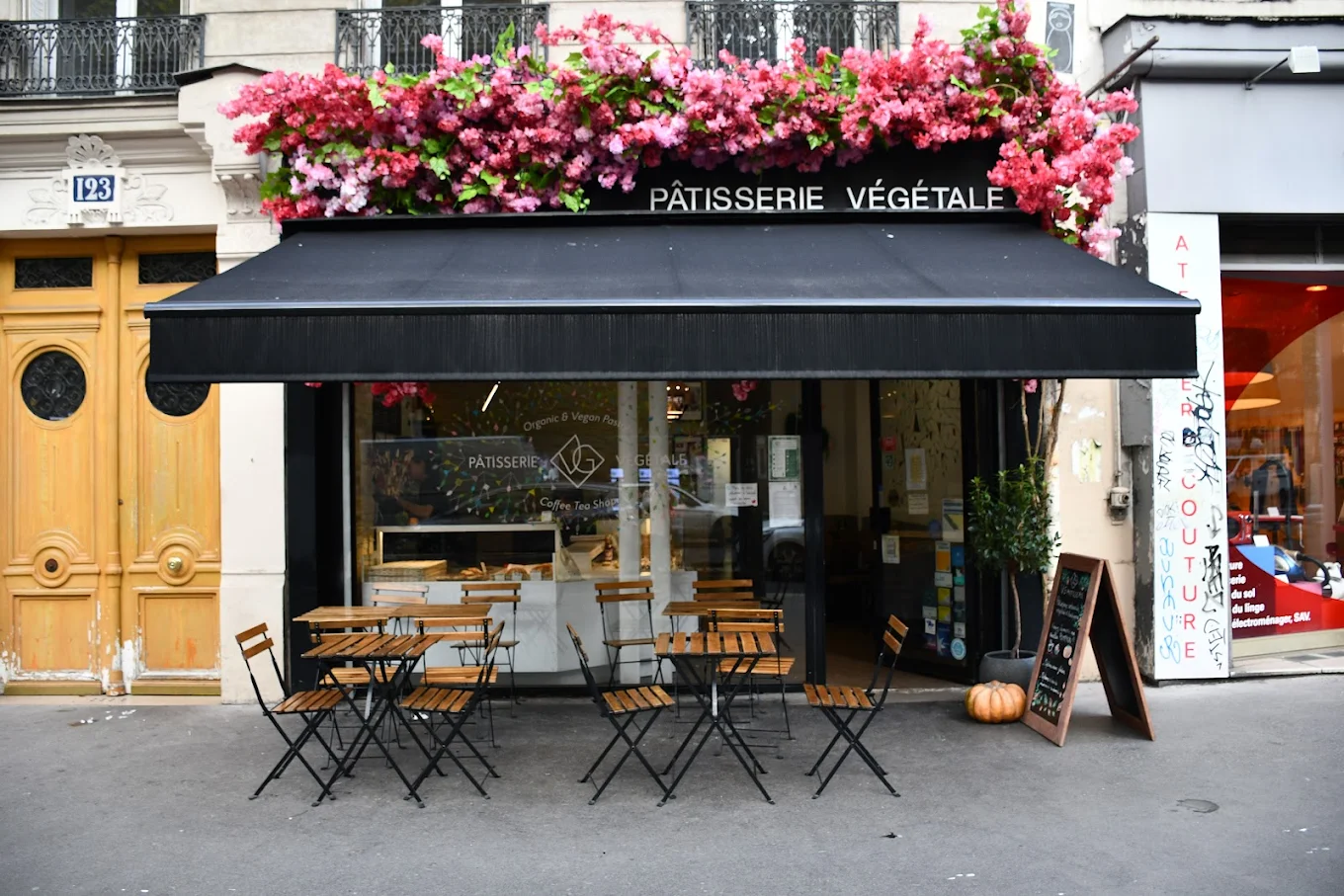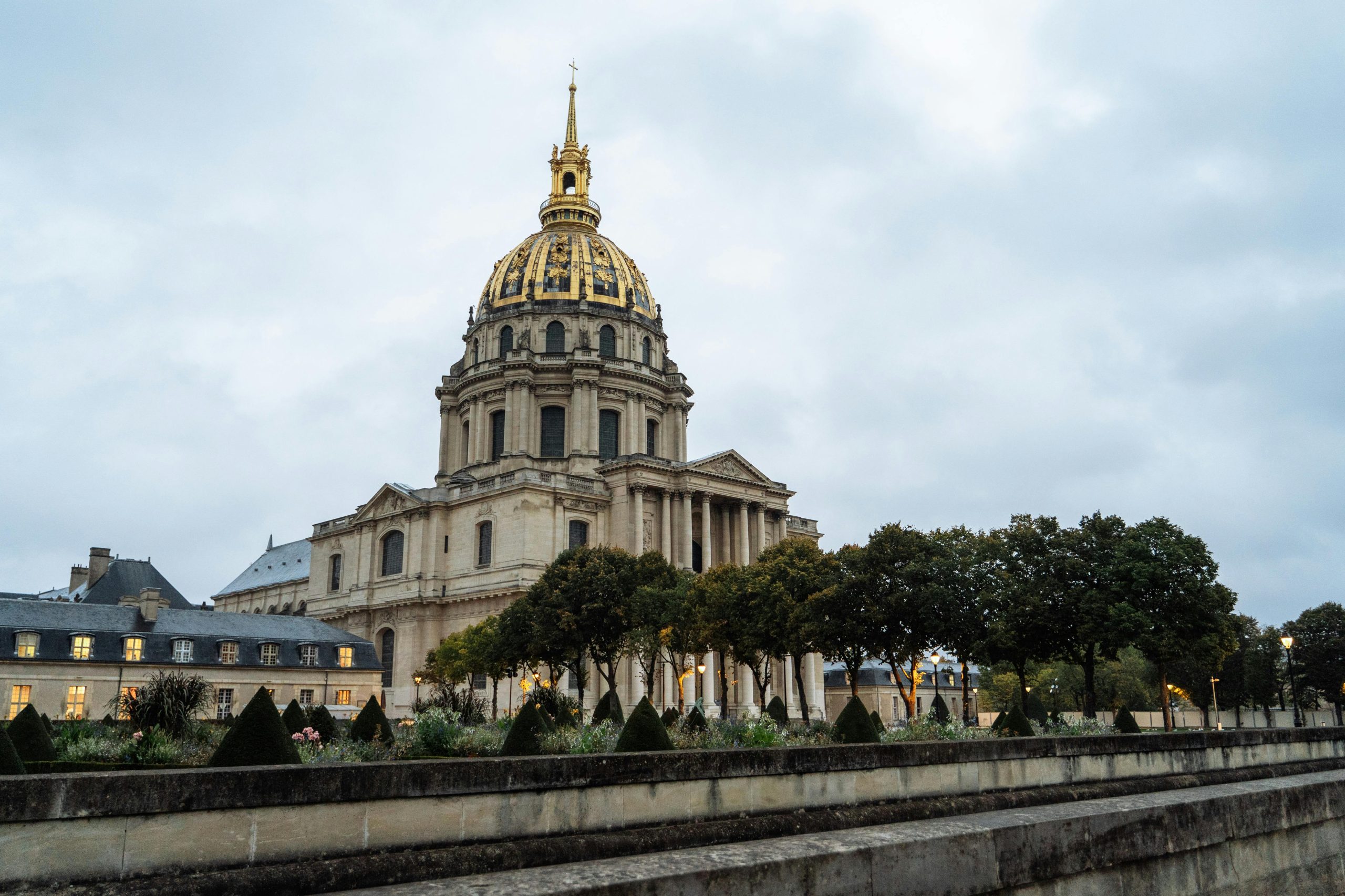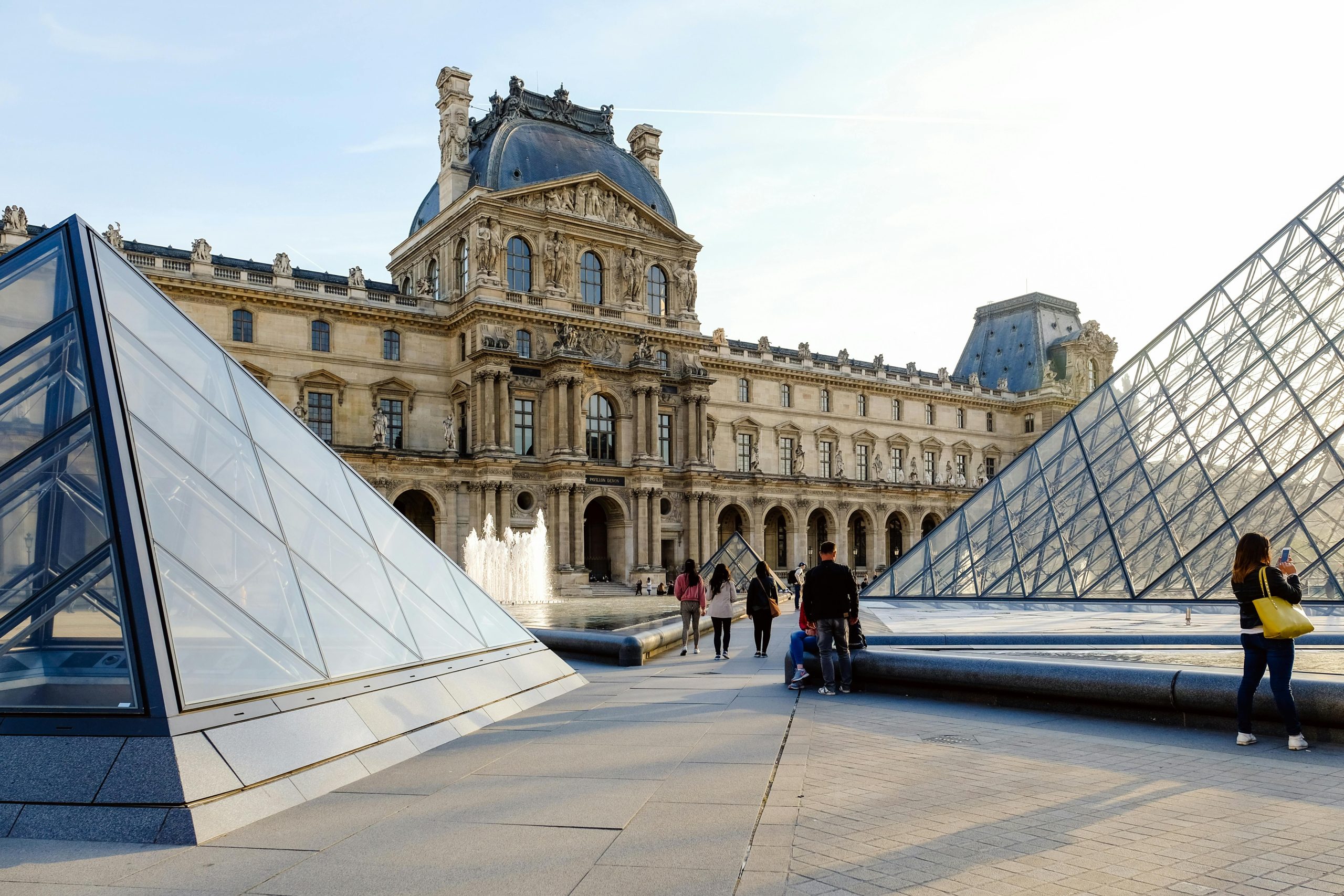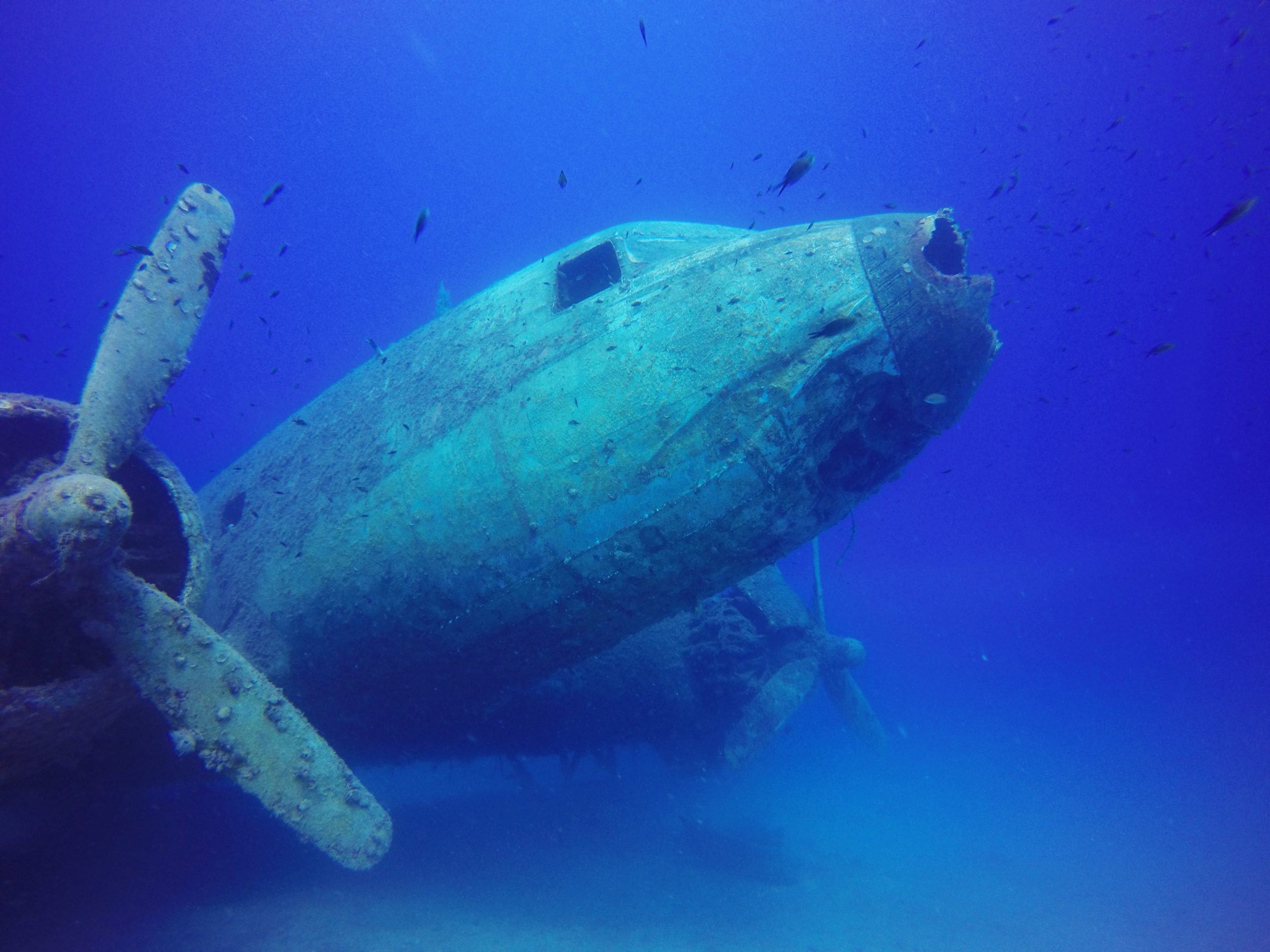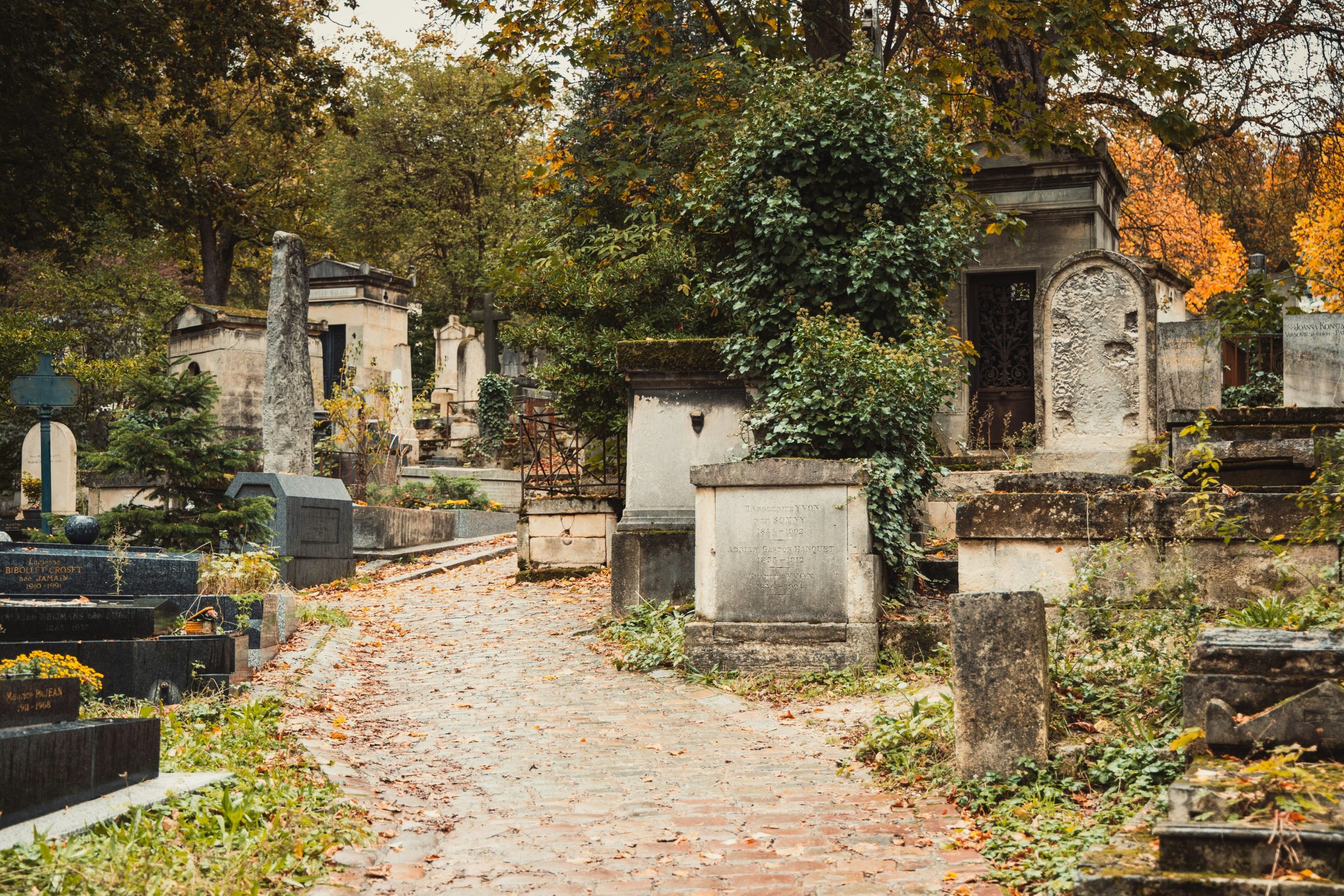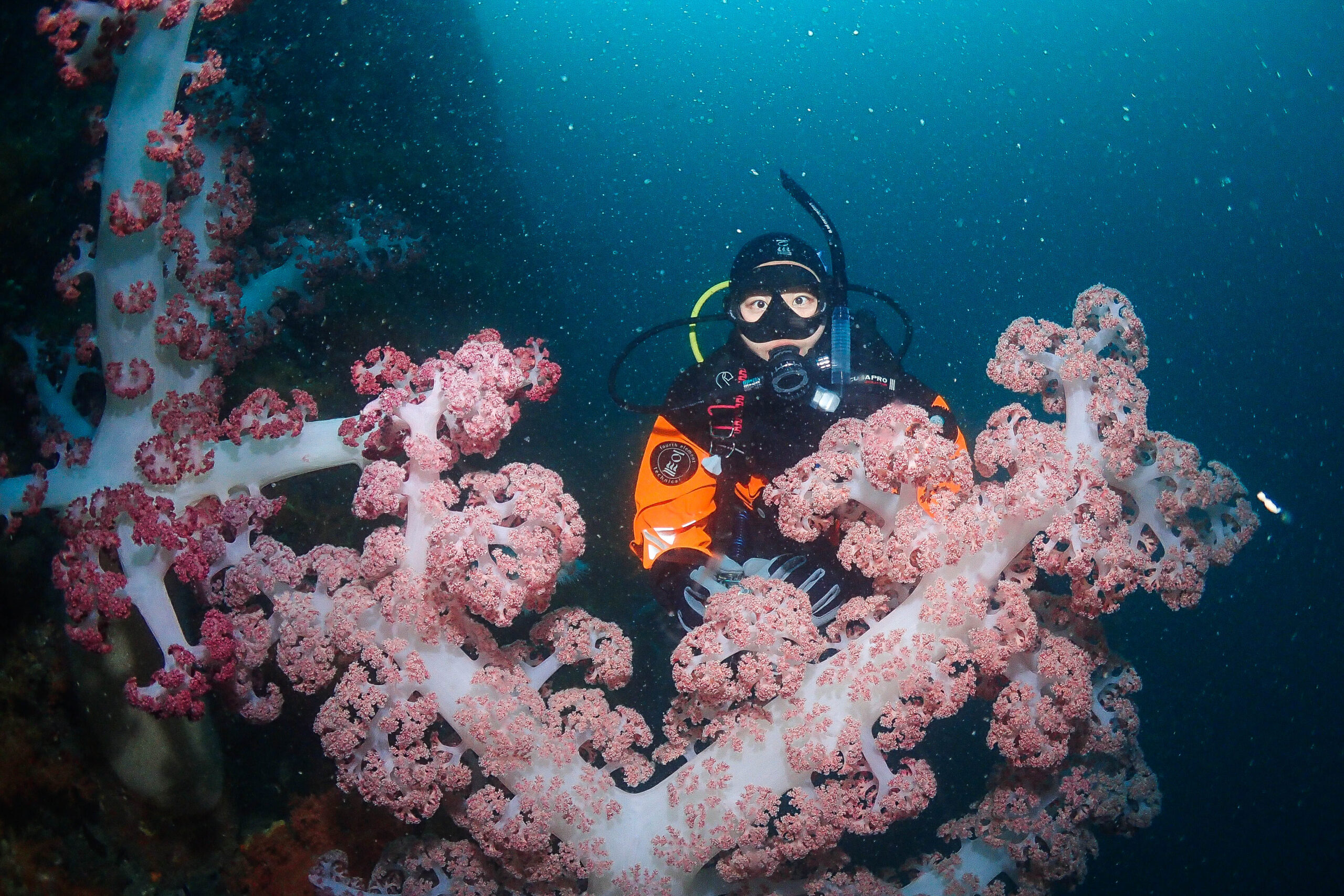As I sailed across the Atlantic Ocean toward Vestmannaeyjar, the horizon was painted in soft pastel tones, as if poured from an artist’s palette. The Westman Islands appeared like sleeping giants slowly rising from the sea; their green slopes echoed with the cries of seabirds mingling with the wind. Among the rocks, Iceland’s most colorful summer visitors awaited me: puffins.
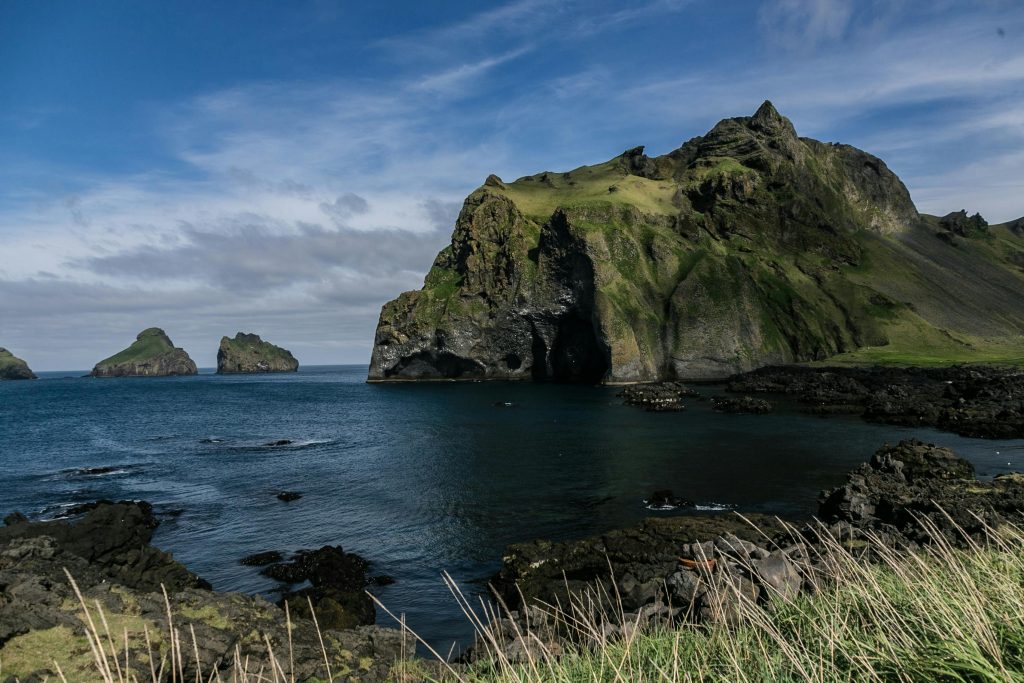
If penguins had a cousin in the north, it would definitely be this bird. Approximately 25 cm long (about the size of a small wine bottle) and weighing 500 grams, puffins have evolved to perfectly adapt to marine life. Their short but powerful wings make them expert swimmers in the water. On land, their legs being positioned behind their bodies give them a comical and wobbly walk.
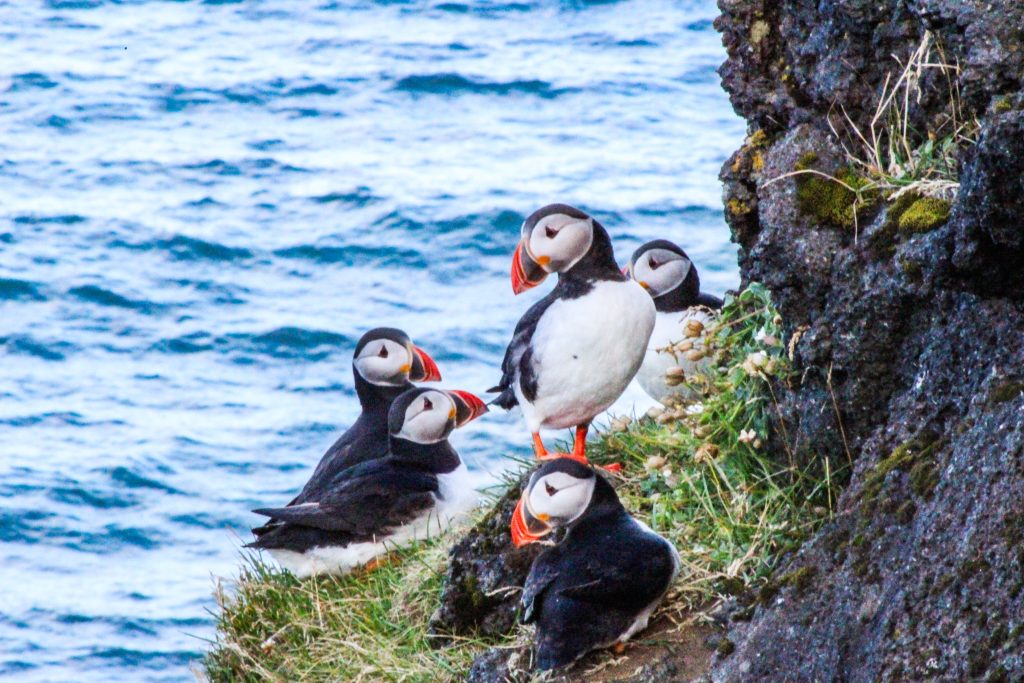
In summer, their beaks shine like miniature sunsets, adorned with warm shades of red, orange, and yellow. When winter comes, these colors fade and give way to a gray and simpler appearance. The triangular mark on their eyes gives them a curious, thoughtful, even slightly melancholic expression.
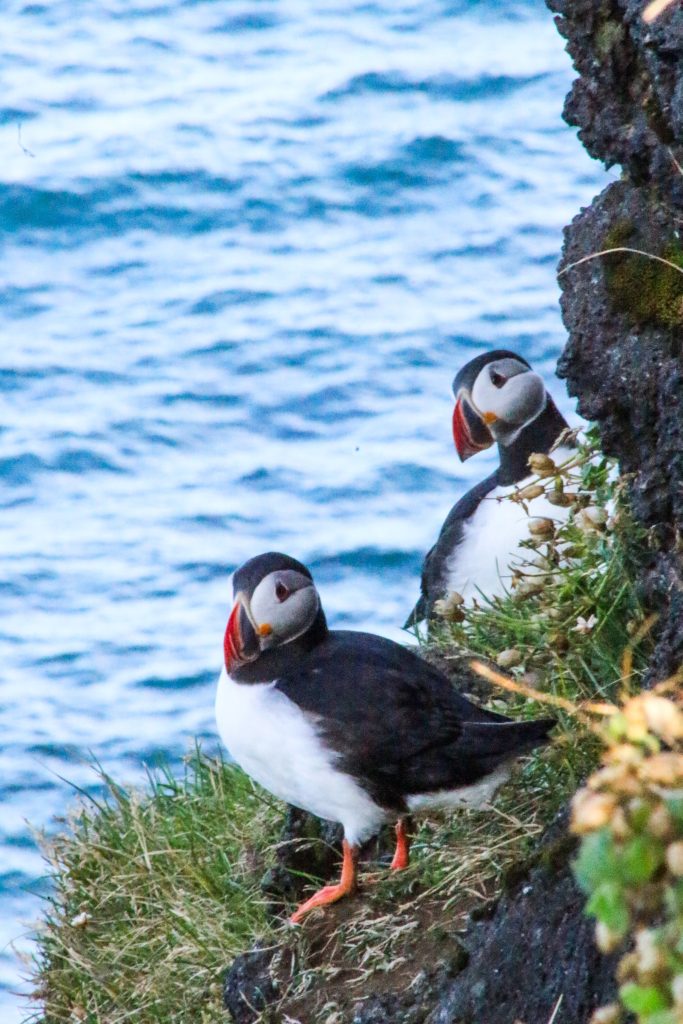
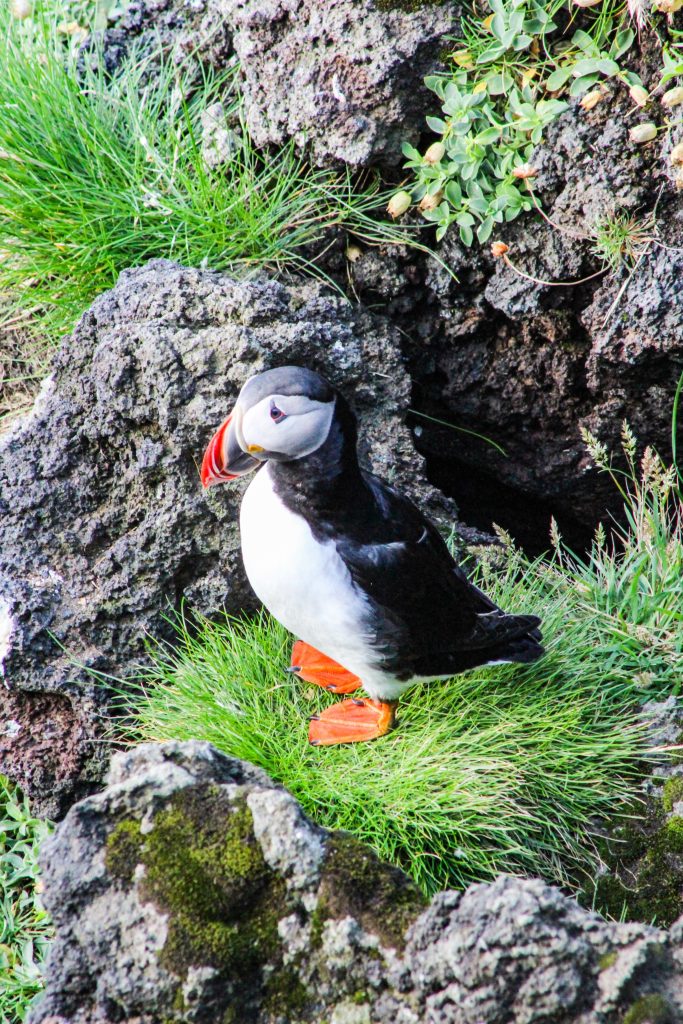
Puffins are the children of the North Atlantic. They nest on the coasts of Iceland, Norway, the Faroe Islands, Scotland, and Canada. Iceland is considered a paradise for these birds; more than half of the world’s Atlantic puffin population lives here. But that doesn’t mean they stay here all year round.
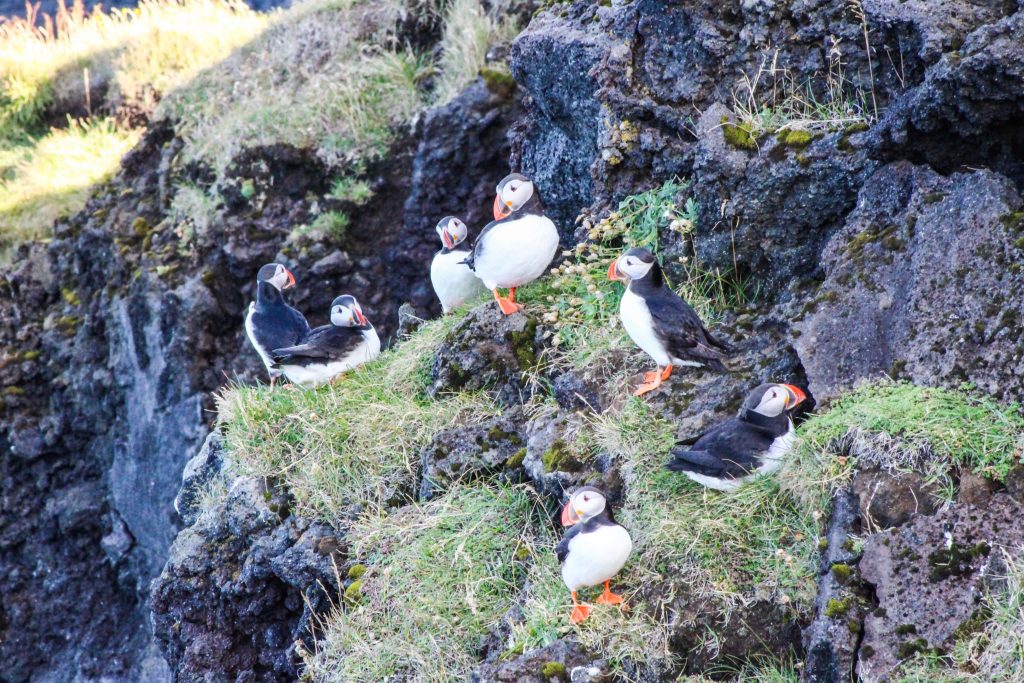
When the breeding season ends in August, puffins disappear into the middle of the ocean for 8-9 months. No nests, no cliffs, no humans… Just the rhythm of the waves and the endless sky. They rest on the water, dive up to 60 meters to hunt fish, and skillfully weather storms at night. Scientists believe they travel thousands of kilometers during these months. When spring arrives, they return to the cliffs where they were born, and often to the same nest they used before.
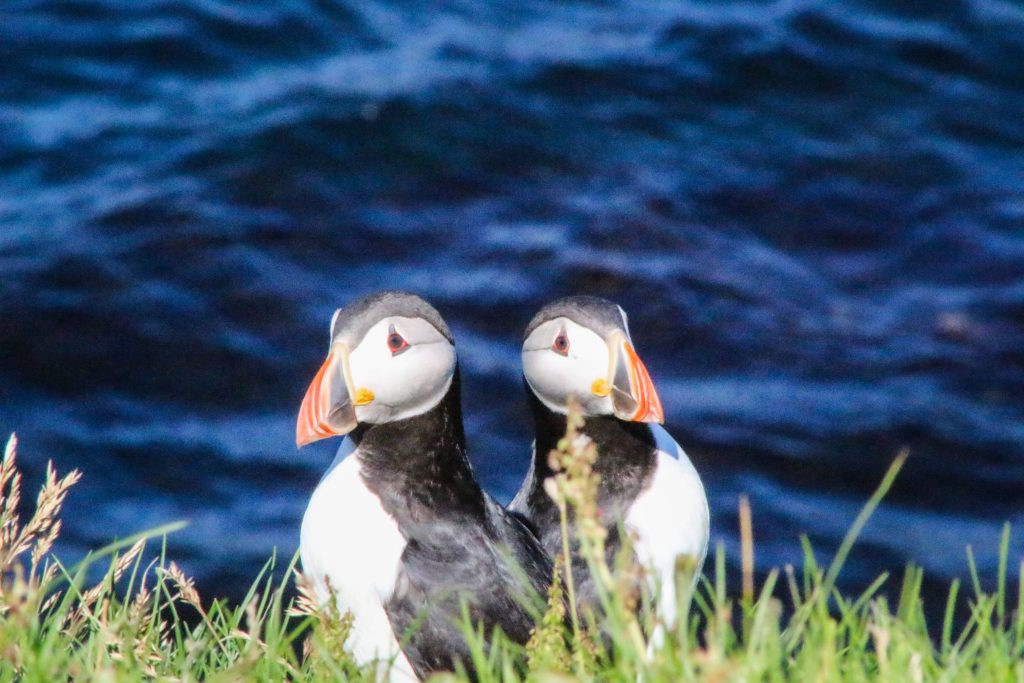
On land, puffins are quite social. Hundreds, even thousands, gather together. Most remain with the same mate for life. When they meet, they greet each other by rubbing their beaks together; this is a sign of love and commitment in their world.
They dig their own nests; sometimes they line the ends of tunnels over a meter long with grass and feathers. The female lays only one egg each year, and both the mother and father take turns incubating it for about 40 days.
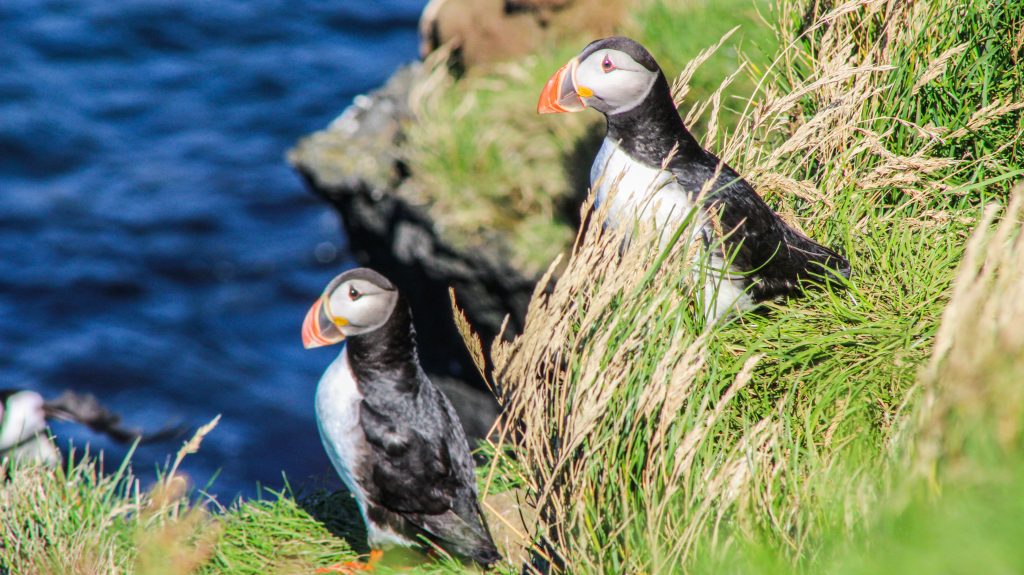
When a chick hatches from an egg, it is called a “puffling.” It is a small, fluffy ball with a tiny gray beak. For 6-7 weeks, its parents feed it by carrying fish in their beaks. The puffin’s beak has evolved with backward-facing spines and a special tongue, allowing it to hold more than 10 fish in its mouth at once without dropping them.
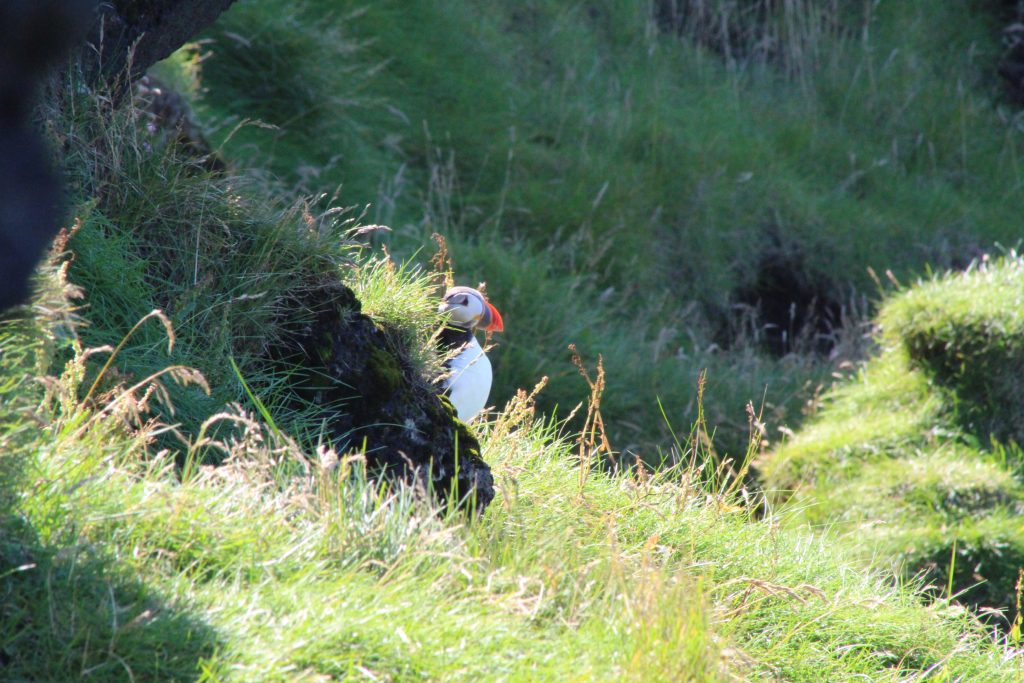
Towards the end of summer, the chicks are ready to venture out to sea on their own. They usually fly down from the cliffs at night, following the reflection of the moonlight on the sea. In Vestmannaeyjar, streetlights sometimes confuse them, and the young birds fall into the town. That’s when the island’s children step in. They gently catch the chick and release it into the ocean at dawn. This has been the island’s summer tradition for generations.
In the wild, puffins can live for over 20 years; some have even surpassed 30 years. However, climate change, overfishing, and changes in ocean temperatures are reducing their fish stocks. In some areas, there have been significant declines in their populations in recent years.
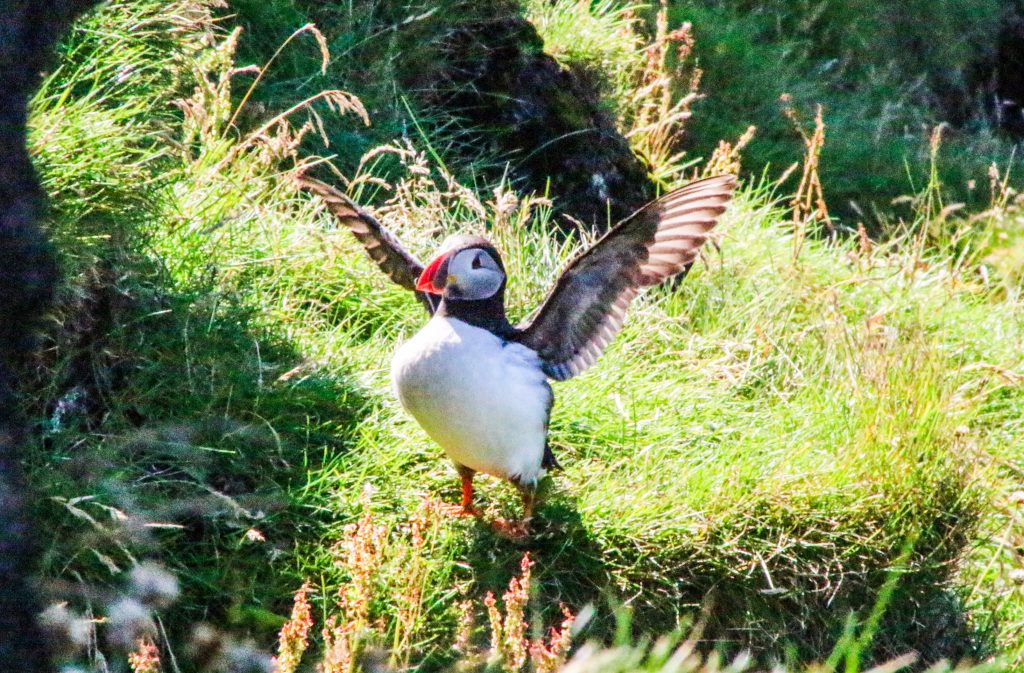
Watching a puffin take flight is like watching a wild bee fly. It seems technically impossible, but somehow it works perfectly. It races across the water, flapping its wings wildly, then rises into the air. In its clumsy yet graceful movements lies the spirit of the North Atlantic: resilience, determination, and endless beauty.
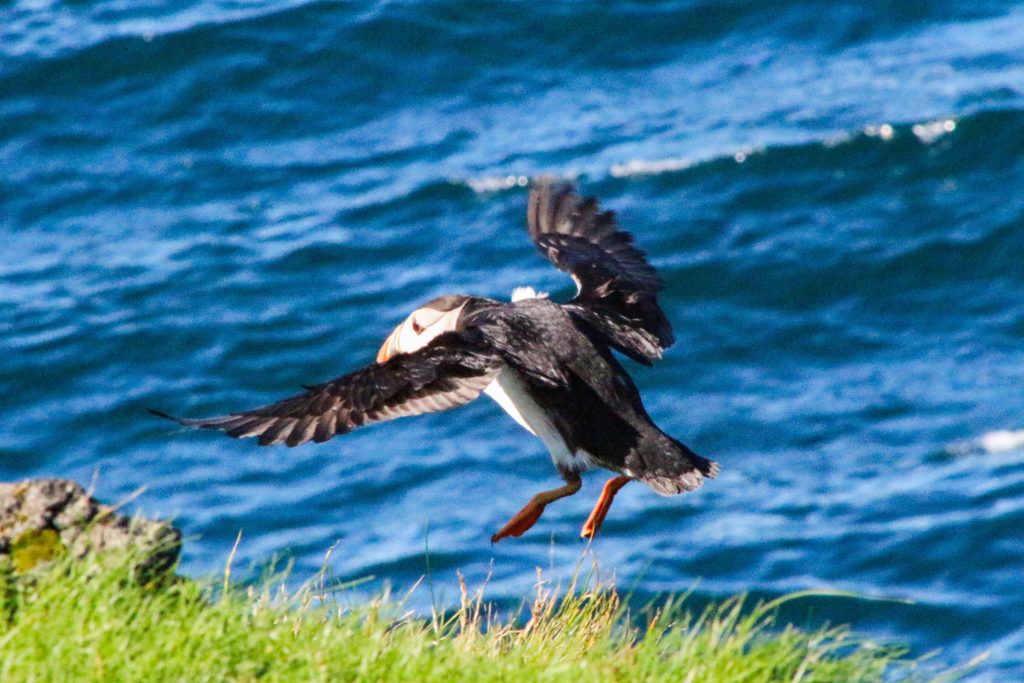
That evening, as the sun approached the horizon in Vestmannaeyjar, the cliffs were filled with the sound of wings. The puffins quickly took to the sea for one last hunt before nightfall. As the wind blew against my face, I thought: These small seabirds, who spend most of their lives in the middle of the ocean, come here every summer simply to begin a new life. And then, without a sound, they disappear just as they came.
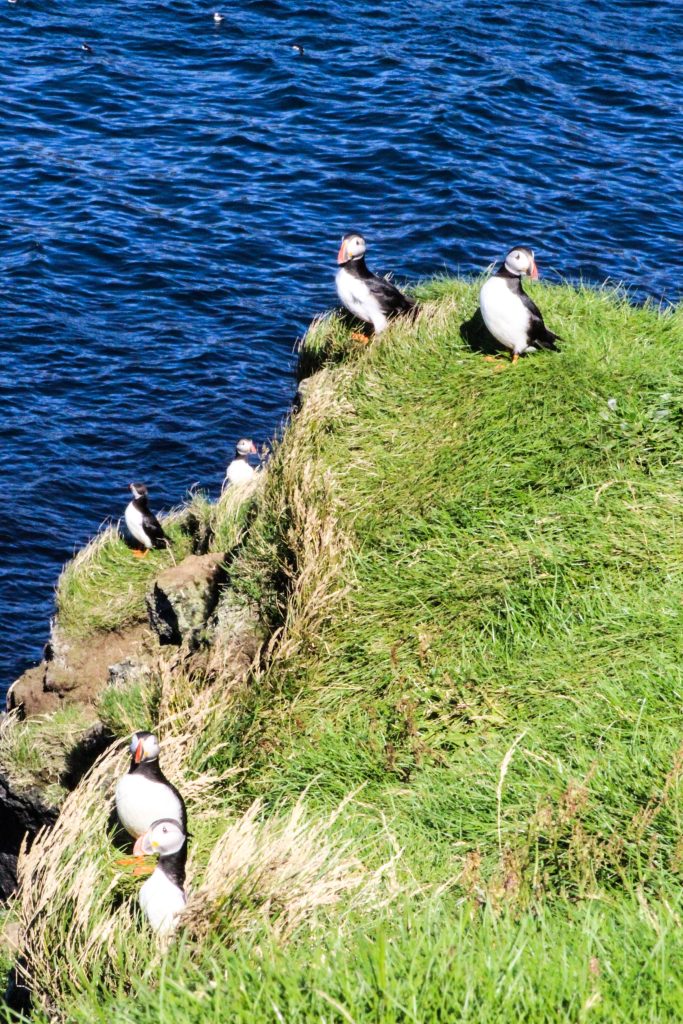

The day I spent with the puffins was not just a bird watching trip, but a silent lesson about the cycles of nature, loyalty, and the meaning of returning home. The wind of Vestmannaeyjar still blows on my face, the sound of the waves still echoes in my ears… And before my eyes, those little seafarers gliding through the sky with their orange beaks. If you ever find yourself in Iceland, be sure to visit these islands. Perhaps you too will find the story of your own journey in the flapping of a puffin’s wings.
